
|
|
|
|
|
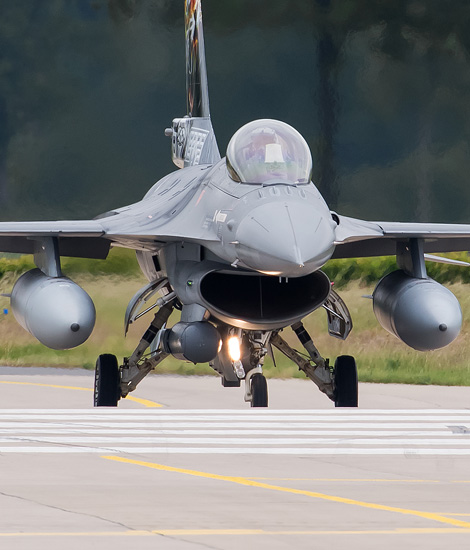
|
The Birth of the Air Force; Volkel, June 12 – 17, 2013
100 Years of Military Aviation, part 1; Text and Photograph's by Alex van Noye
The Dutch military aviation began in 1910 when an aviation department of the Dutch armed forces was established. From 1913 Soesterberg was the first Dutch military airbase which became in operational service. This airbase is seen in the Dutch aviation history as the birthplace of the Royal Netherlands Air Force.
The Aviation Department of the Army was the ancestor of today's Royal Netherlands Air Force. The story of the Air Force began in 1910 when the Dutch Military Aviation Commission was established. This committee was established to study the possibilities to found an Aviation Department. The commission issued in April, 1912 a report in which the recommendations were given to found such an Aviation Department. The department should operate balloons, airships and airplanes. The Dutch government bought a heath near Soesterberg on March 28, 1913. This area would later be known as Soesterberg airbase. The Secretary of War Henry Colijn filed the plan for a test department on April 9, 1913. This plan was partially approved by the Dutch 2 Kamer (Dutch House); the balloons and airships were dropped from the program. The Aviation Department would only receive aircraft. The Aviation Department was officially founded as part of the Royal Netherlands Army on July 1, 1913. The new branch of the armed forces received a car and a rented biplane which was called the brick. The first 4 military pilots had gained their own pilot license abroad. The training of volunteers began in 1915; most of them were officers. The Aviation Department (Luctvaartaf- deling, LVA) received some Farman aircraft. In addition to these aircraft the LVA quickly possessed various aircraft which were captured during the First World War.
Most of the airplanes were captured in Cadzand in Zeeland near the border with Belgium during the First World War. The location was soon nicknamed aircraft factory Cadzand. The increasing number of aircraft ensured that besides Soesterberg another six airports were designed as military airfields. After the First World War, almost the entire LVA was withdrawn from service by the Dutch government. The Dutch govern- ment realized the need for a big air force too late during the crisis years in the late 30s. The period after the First World War until the crisis is also called the interwar period. There was a total lack of standardization and well trained personnel at the LVA. The
|
|
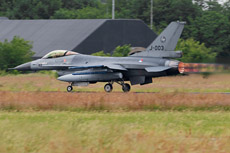
|
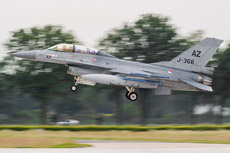
|
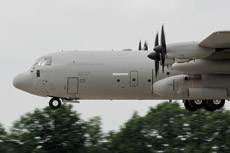
|
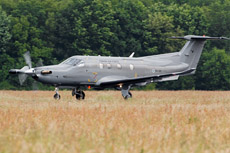
|
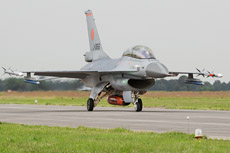
|
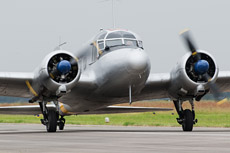
|
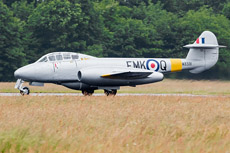
|
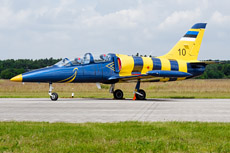
|
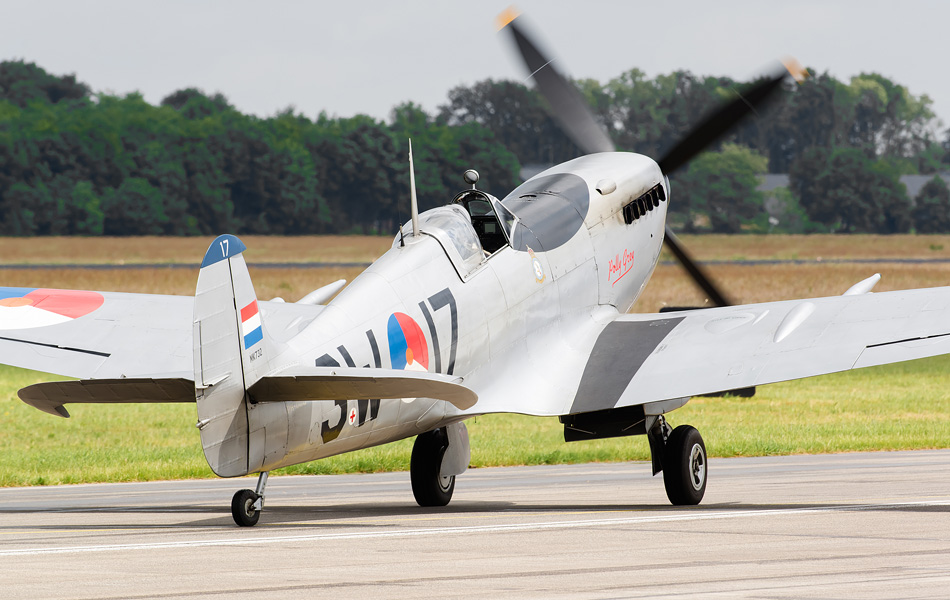
|
name of the LVA was changed in Aviation Brigade (LVB) in 1938. The operational structure of the Aviation Brigade consisted of two regiments and one training unit. The 1st Aviation Regiment (1 LVR) had its headquarter at Schiphol. The operational components were based at the airports De Kooy, Schiphol, Bergen and Waalhaven. The 1st LVR, consisted of; the Strategic Aircraft Reconnaissance Division (Strat- VerVa), the Bombardier Aircraft Division (BomVa) and the Fighter Aircraft Division (1st / 4th to JAVA). The 2nd Aviation Regiment (2 LVR) had its headquarter in Zeist. Operational units were stationed at the airfields Hilversum, Ruigenhoek, Ypenburg and Gilze-Rijen. The 2nd LVR consisted of; the Reconnaissance Group (1st / 4th to VG) and the Fighter Group (1st and 3rd JG). The Aviation Brigade of which the Air Force Depot (training) did not participate in the war were stationed at Souburg and the Vlijt.
During the mobilization in 1939, the name of the LVA was changed to Wapen der Militaire Luchtvaart (Weapon of Military Aviation). The Netherlands mobilized its small air force. All the cuts of funds caused the Weapon of the Military Aviation only existed from 121 operational aircraft. The fleet of the Netherlands air forces, consisted of; 9x Fokker TV bombers, 28x D.XXI Fokker fighters, 23x Fokker GI fighter cruisers, 11x Douglas 8A-3N bombers, 24x Fokker CV scouts, 16x Koolhoven F.K.51 scouts and 11x Fokker CX reconnaissance planes. On May 10, 1940, Nazi Germany invaded the Netherlands. In five days’ time, virtually the entire Netherlands air force was wiped out by the Luftwaffe. This was not surprising because the air arm was still in the built up phase and consisted largely of aging aircraft in May 1940. In total, the Dutch air forces were able to perform only 171 operational flights since the German invasion. The Dutch air force suffered heavy losses and more than 95 % of the pilots were shot down. The only aircraft which were able to fight against the German forces were the Fokker D.XXI fighters and Fokker G1 fighters. In total, 94 of the 121 Dutch aircraft were destroyed by the Germans. The Dutch soldiers on the ground shot down more than 500 German aircraft during the invasion. The majority of these successes were achieved by the anti-aircraft artillery. The Air Force received from Queen Wilhelmina collectively the highest military bravery award, the Militaire Willemsorde (Military Order of William). The Netherlands army was defeated within 10 by Germany.
During the German attack, several pilots and soldiers managed to escape to England. In England, these men would regroup. In 1940, the no 320 and no 321 Dutch Squadrons were established as a part of the RAF. Both squadrons were merged into the no 320 Squadron due to the lack off enough Dutch personnel in 1941. The majority of Air Force pilots and crews were killed in the Netherlands during the German attack. The main part of the unit consists of marine personnel which were not present in the Netherlands during the invasion. The no 320 Squadron was therefore a maritime squadron which was mainly involved in the anti-submarine warfare. The Fokker T.VIIIW became quickly unusable due to lack of spare parts. The unit switched therefore to the Anson which were supplemented by the RAF; later they were replaced by the Hudson. The unit also participated in several bombings in France. The no 322 Dutch Squadron was established in England in 1943. The unit was immediately equipped with the British Supermarine Spitfire. The unit came several times in action as part of the RAF. The aircraft of this unit were the first planes which would wear the Dutch orange triangle next to the RAF roundel. The squadron was successfully used to intercept the V-1 flying bombs which were launched by the Germans. In 1944, the unit was successfully used during the invasion of France and Belgium. The Grey parrot Polly Grey quickly became the famous mascot of the squadron. The no 322 Squadron is the oldest existing squadron of the Royal Netherlands Air Force.
|
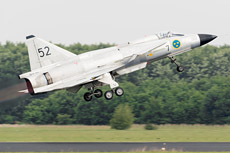
|
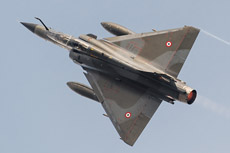
|
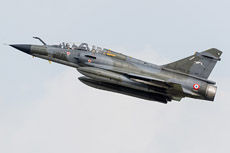
|
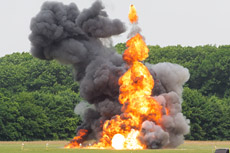
|
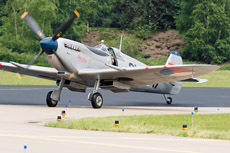
|
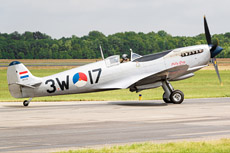
|
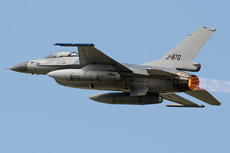
|
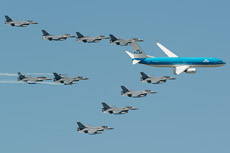
|
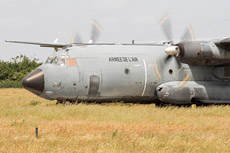
|
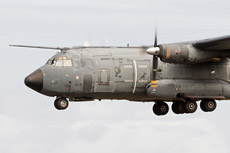
|
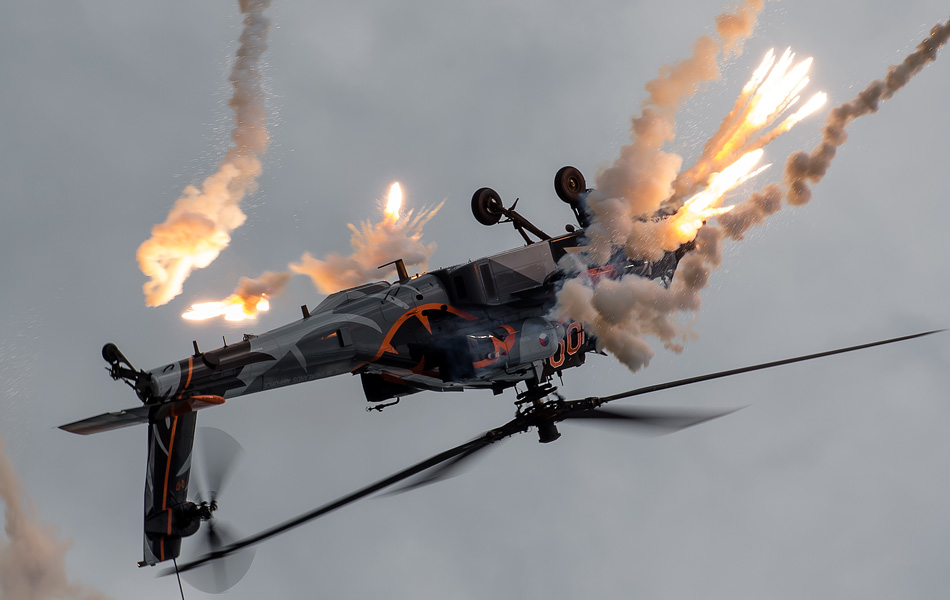
|
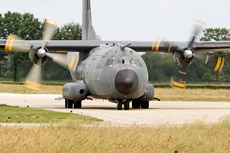
|
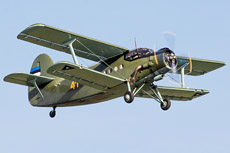
|
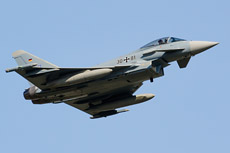
|
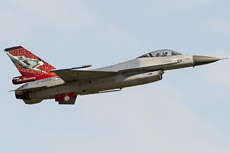
|
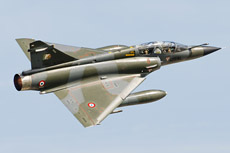
|
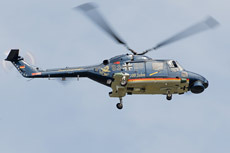
|
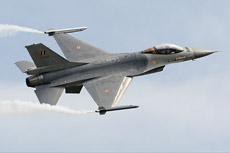
|
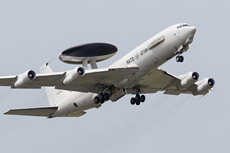
|
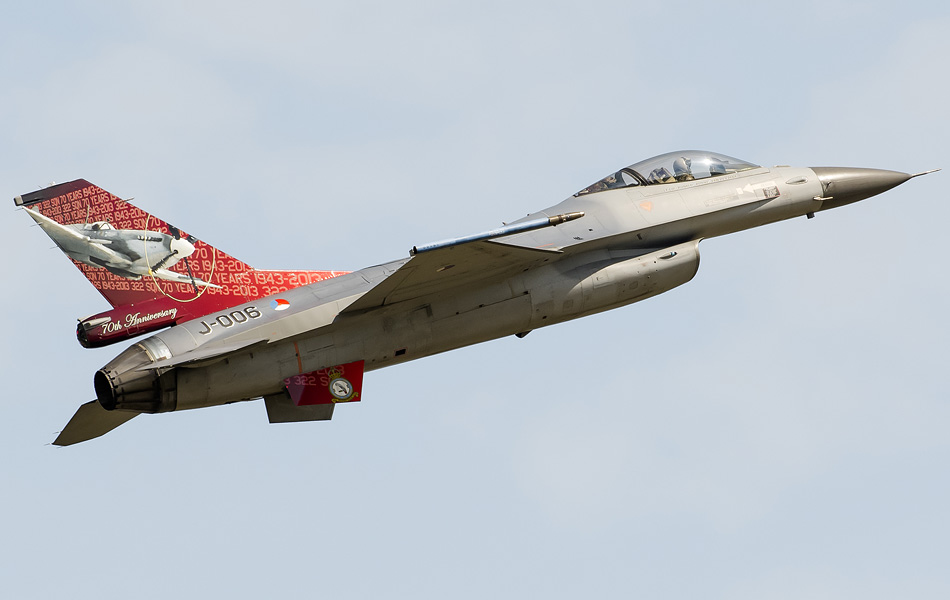
|
|
|

|







